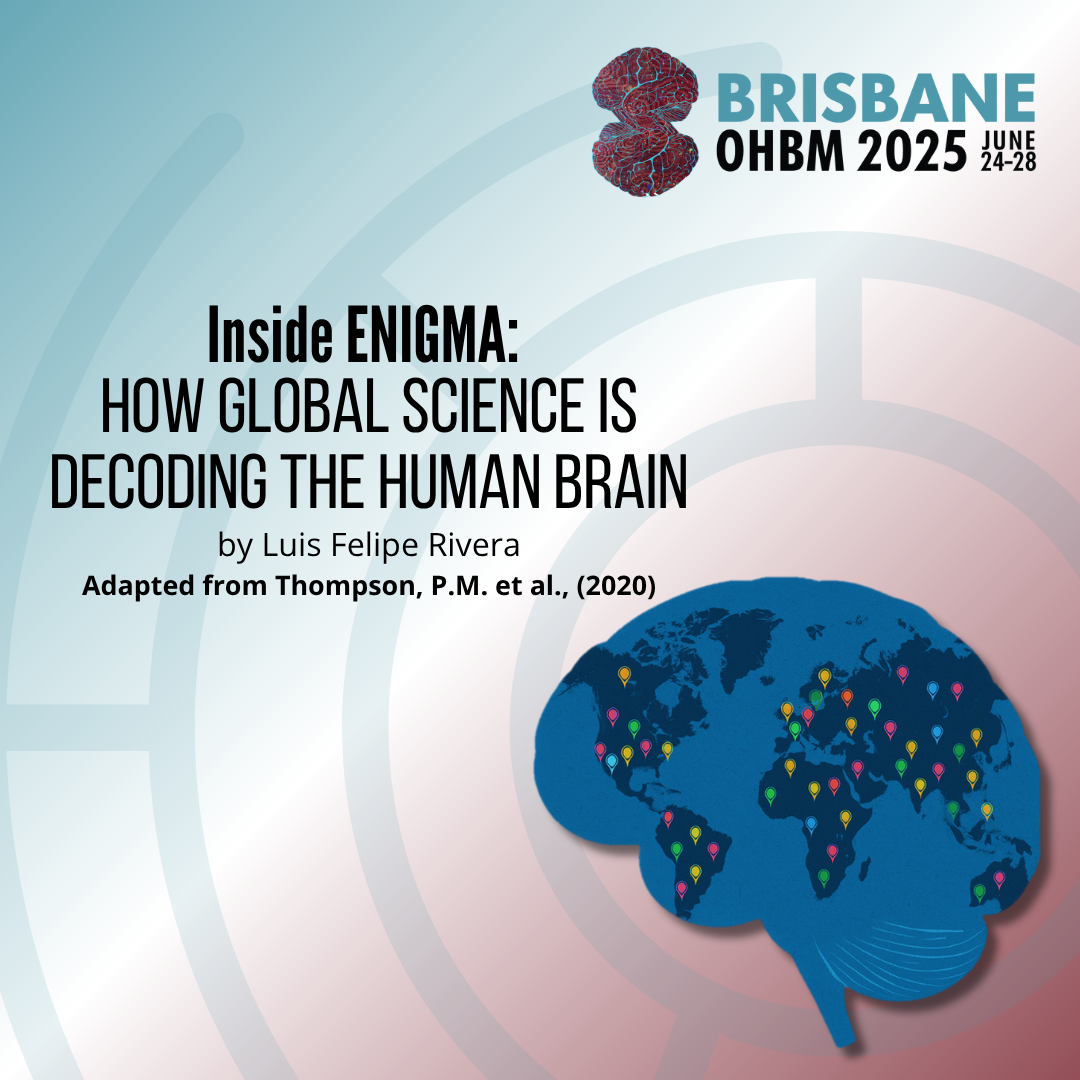
Keynote series Dr. Paul M. Thompson - Inside ENIGMA: How Global Science Is Decoding the Human Brain
The ENIGMA Consortium is a global neuroscience initiative launched in 2009 that unites over 2,000 scientists across 47 countries to investigate how genetic variation and brain structure relate to neuropsychiatric disorders. By analyzing more than 200,000 brain scans and millions of genetic variants using standardized protocols, ENIGMA has produced the largest MRI studies of conditions like schizophrenia, depression, and autism. Its distributed model allows local data control while enabling large-scale meta- and mega-analyses, revealing subtle genetic influences and setting new standards for reproducibility in neuroscience. Through collaboration, ENIGMA continues to uncover hidden patterns and expand the frontiers of brain research.
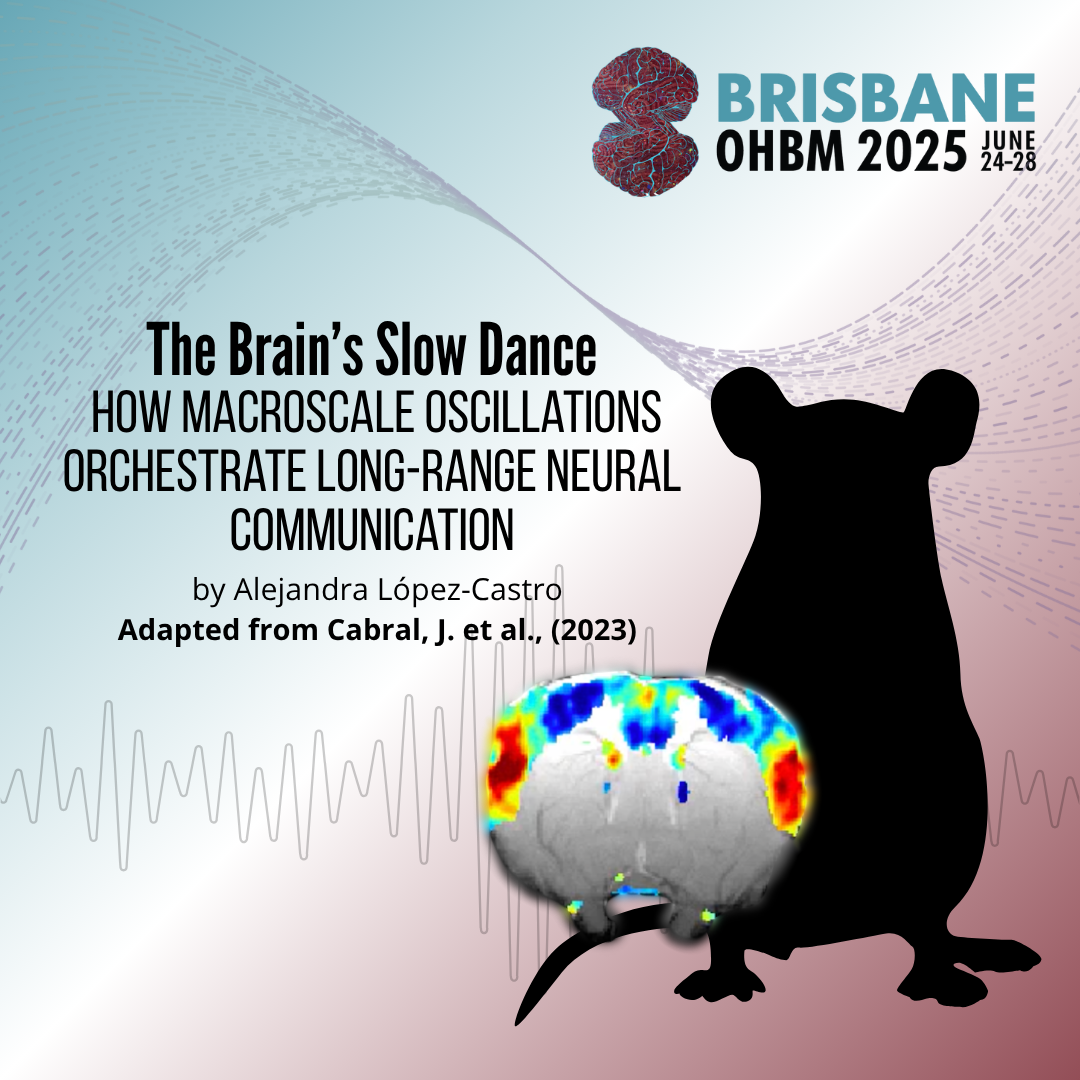
Keynote series Dr. Joana Cabral - The Brain’s Slow Dance: How Macroscale Oscillations Orchestrate Long-Range Neural Communication
A groundbreaking study led by Dr. Joana Cabral (University of Minho) reveals how slow, brain-wide oscillations—detected via ultrafast fMRI—coordinate long-range neural communication in female rats. These rhythmic waves (below 0.1 Hz) mirror human resting-state networks like the default mode system, suggesting a universal mechanism for cognition. By focusing on female subjects, the research highlights potential sex differences in brain dynamics while offering new clues about disorders like Alzheimer’s, where disrupted slow waves may play a key role. This work reshapes our understanding of how the brain’s "slow dance" synchronizes its vast networks—opening doors to future therapies.

Keynote series Dr. Anqi Qiu - How a Mother’s Happiness During Pregnancy Shapes Her Child’s Brain
Positive maternal mental health during pregnancy—marked by happiness, balance, and life satisfaction—is linked to larger hippocampal volumes and stronger brain connectivity in children, leading to better emotional and cognitive outcomes. This longitudinal study highlights the importance of nurturing psychological well-being as a crucial element of prenatal care.

Keynote series Dr. Melanie Boly - The Nature of Consciousness: A Clash of Paradigms in Integrated Information Theory
Dr. Melanie Boly's keynote explores the deep divide between two views of consciousness—formalist vs. biological—centered around Integrated Information Theory (IIT) 4.0. While IIT aims to quantify consciousness through a mathematical metric called Φ, Boly warns that it may mistake complex artificial systems for truly conscious beings. She emphasizes the need to distinguish genuine biological consciousness from pseudo-consciousness and argues that subjective experience might depend on mechanisms IIT cannot yet capture. Her talk invites reflection on whether consciousness is computable—or inherently tied to life itself.
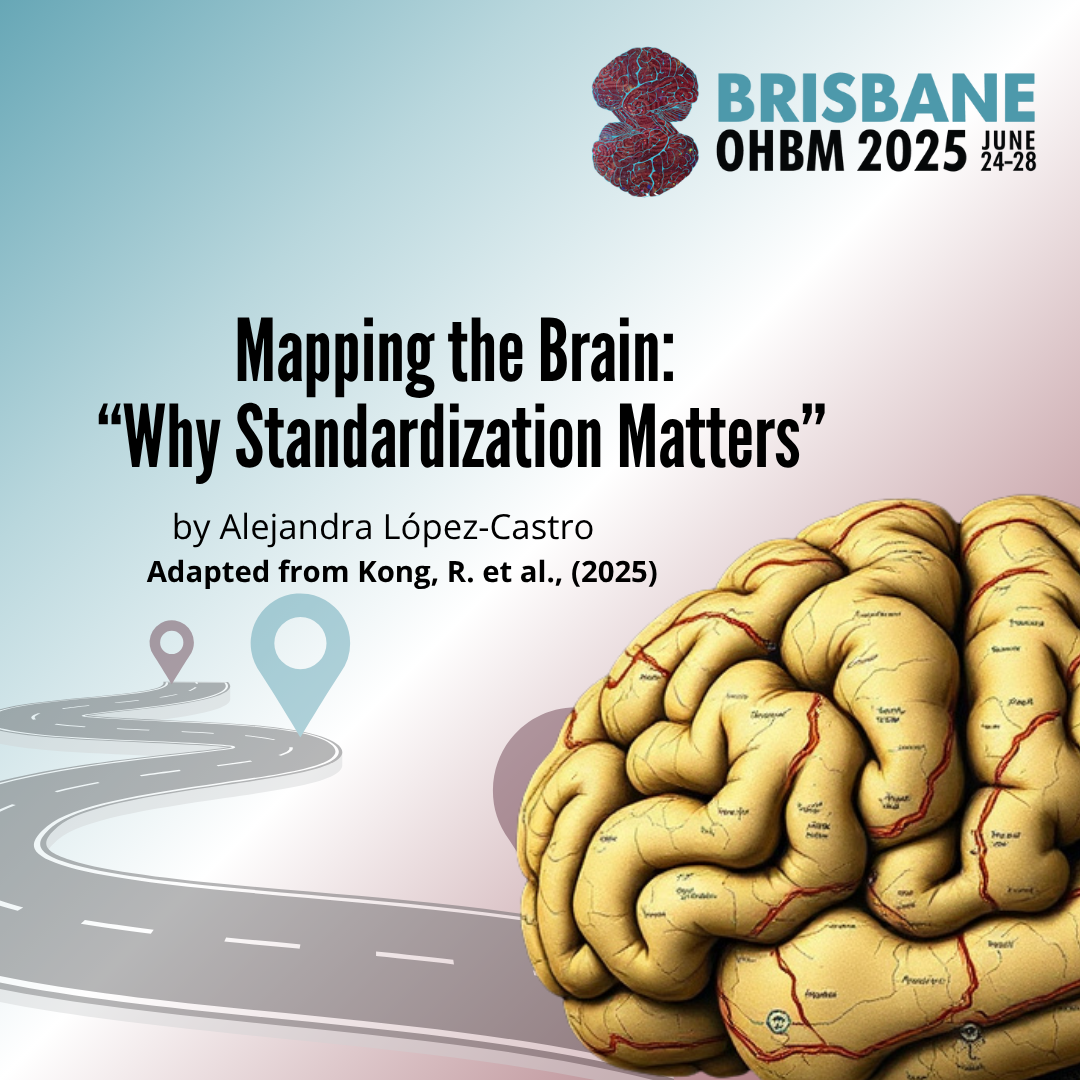
Keynote series Dr. Lucina Uddin - Mapping the Brain: Why Standardization Matters
The Network Correspondence Toolbox (NCT) helps neuroscientists compare brain imaging data across different atlases, addressing inconsistencies in how brain networks are labeled. Developed by Dr. Lucina Q. Uddin and Dr Yeo team, these tools enhance reproducibility with features like Dice coefficients and spin tests, making brain research more standardized and reliable.

Keynote series Dr. Adeel Razi — How does psilocybin rewire our brains?
This study examines the effects of psilocybin on brain connectivity using fMRI and EEG, revealing increased activity in regions tied to cognition, emotion, and imagination while reducing sensory processing, leading to a blended state of "embeddedness." Machine learning analysis linked structured brain activity to stronger psychological effects, with long-term changes in perception and acceptance of mortality observed a month later. Context was crucial, music enhanced emotional depth, while meditation had no significant impact. On a neural level, psilocybin altered brainwave patterns, promoting more flexible and creative processing, emphasizing the importance of environmental factors in shaping psychedelic experiences.

Keynote series Dr. Sharna Jamadar — Seeing the aging brain in a new light: “The power of fPET imaging”
Dr. Sharna Jamadar’s keynote sheds light on a promising new lens for understanding cognitive aging: the brain’s energy economy. Through her work with functional PET (fPET) imaging, Jamadar and colleagues demonstrate that changes in how brain regions coordinate energy use—known as metabolic connectivity—are strong predictors of cognitive decline.
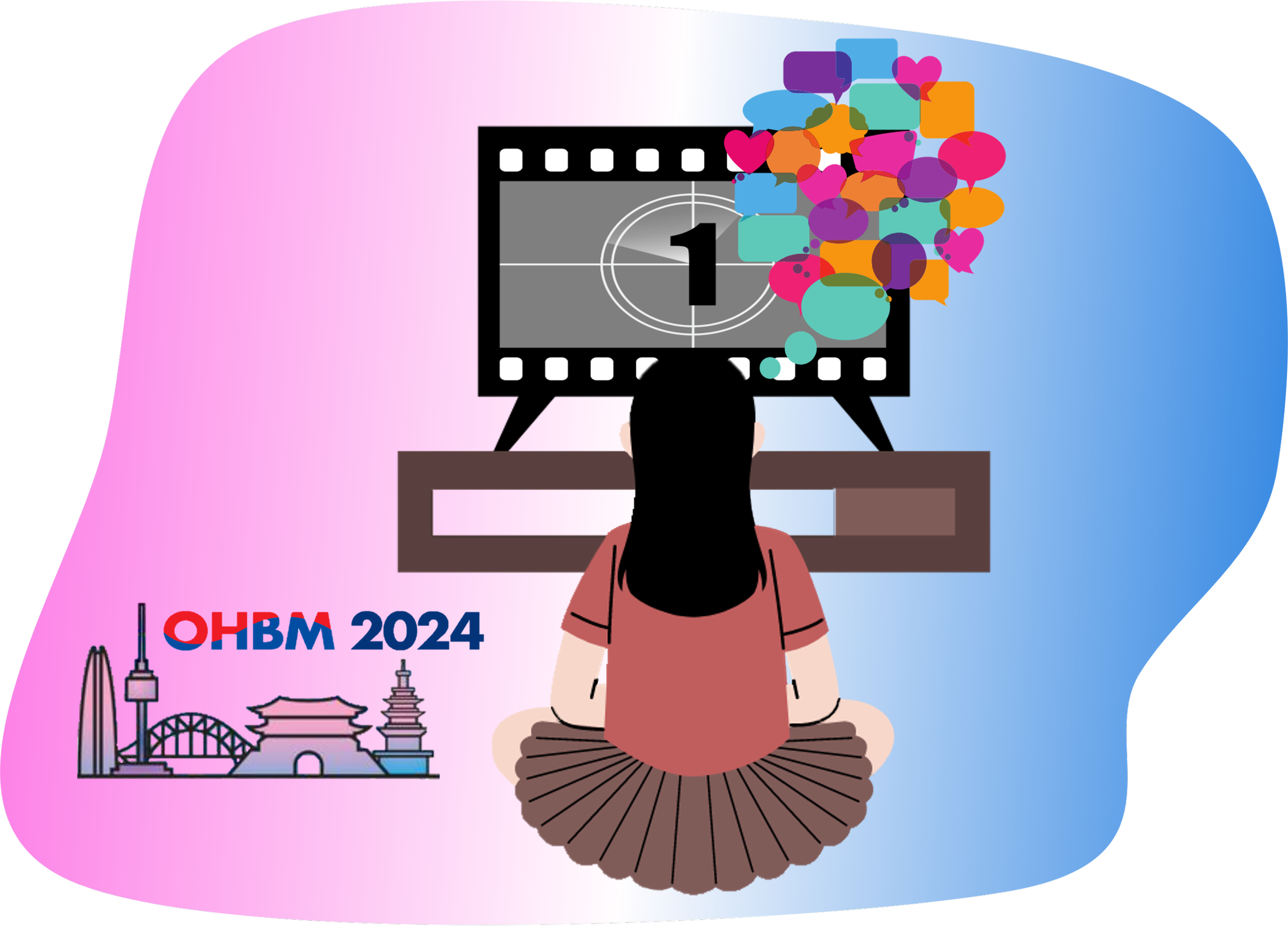
Keynote Series: Emily Finn — Exploring individual differences in how we experience the same thing
If you have talked to someone about a movie both of you have watched before, you may have noticed how different their experience is to yours. Beyond just liking or hating the movie, people may remember the same movie differently based on their past experiences, current mental states, interests, etc. Each of our experiences is unique.
There is a growing interest among neuroscientists in studying these individual differences under more naturalistic conditions, such as watching movies, rather than just finding the average (normative) brain activity patterns or studying subjects at rest in an MRI scanner. Dr. Emily Finn and her research team are a part of this movement, using neuroimaging analyses to explore how and why our subjective experiences can be so different.
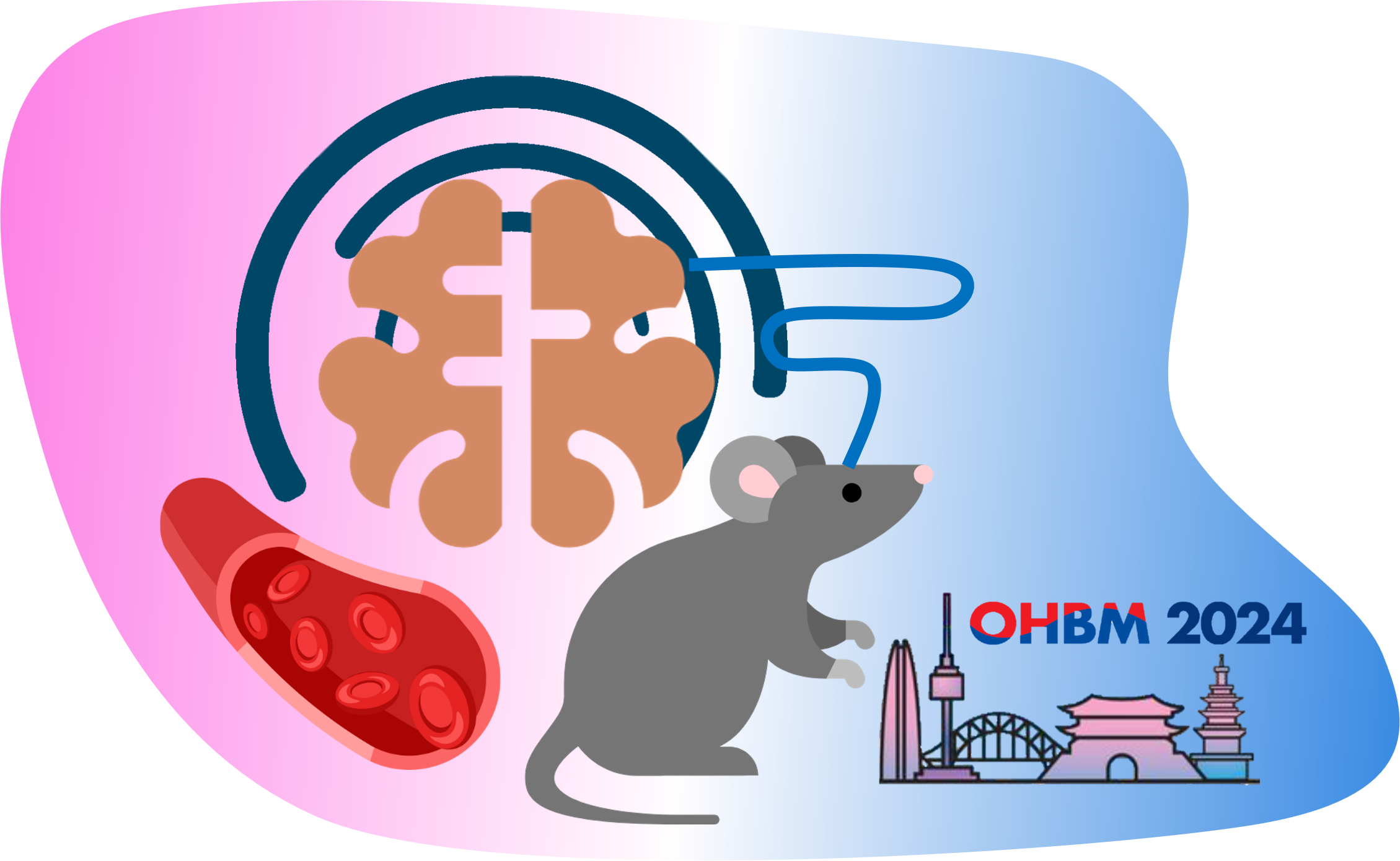
Keynote Series: Seong-Gi Kim — Feedforward or feedback: Measuring directionality of information flow with ultrahigh field fMRI
The advancement of functional magnetic resonance imaging (fMRI) has made it increasingly easier to observe what happens in the brain in real time. However, the temporal resolution of fMRI is often limited by the hemodynamic response, the rate at which blood flows to and from tissues in the brain. This can make it hard for neuroscientists to observe rapid changes in brain activity using fMRI in the same way they might using tools like electroencephalography (EEG) and magnetoencephalography (MEG) which measure faster physiological processes. But as MRI technology improves, fMRI measurements are becoming more precise, allowing researchers greater specificity when studying smaller changes in brain activity.
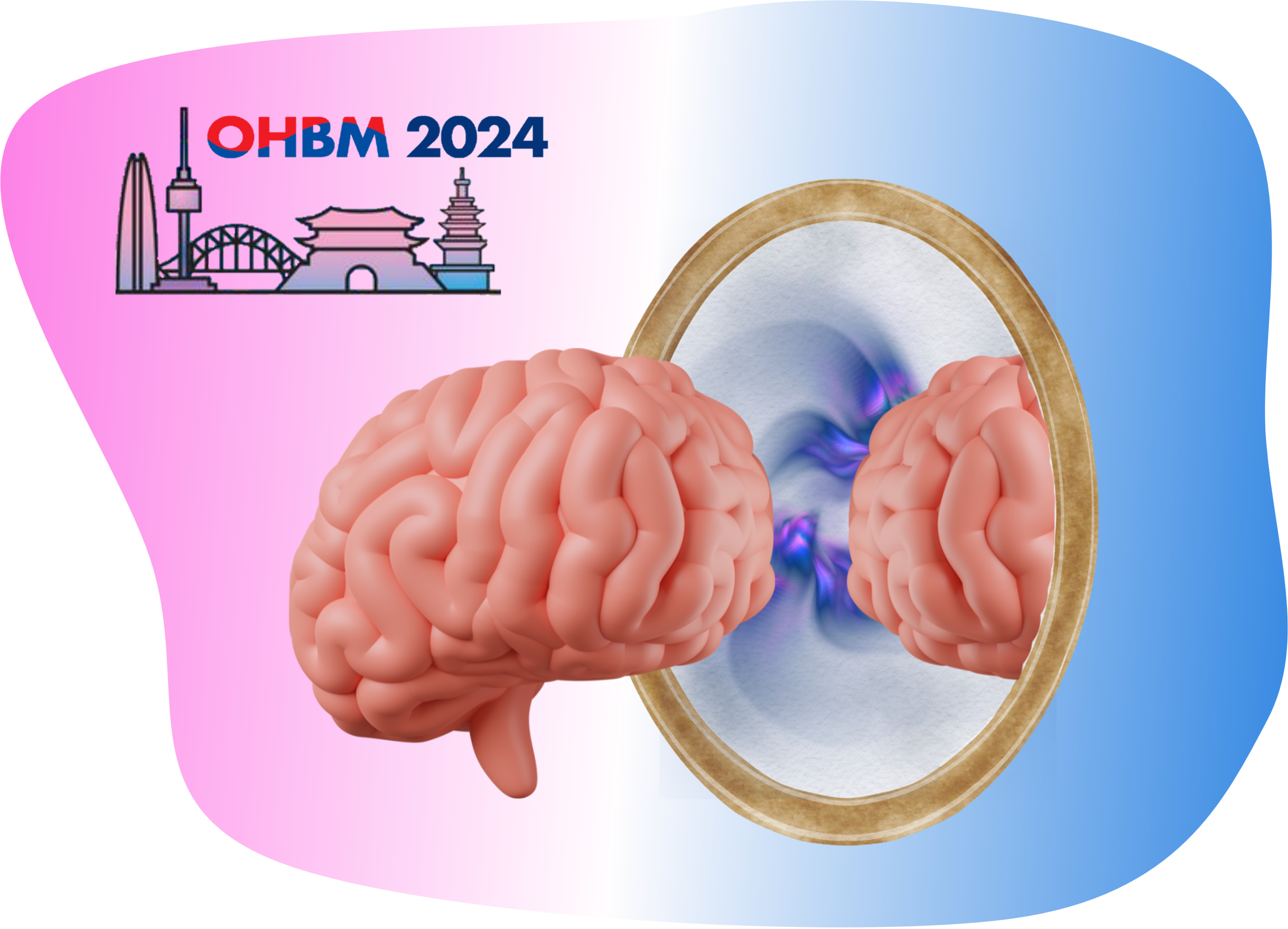
Keynote Series: Lucia Melloni — Adversarial Collaboration : Large scale collaborations to help define and measure the neural correlates of consciousness
What makes someone conscious? What is consciousness? Scientists and philosophers have been asking these questions for millennia. And the field of consciousness has made significant progress in the last century. But questions still remain and competing viewpoints have arisen to define what consciousness is and, more recently, how it presents itself in the brain. One group of researchers set out to rigorously test two competing theories of consciousness using a large-scale collaborative consortium
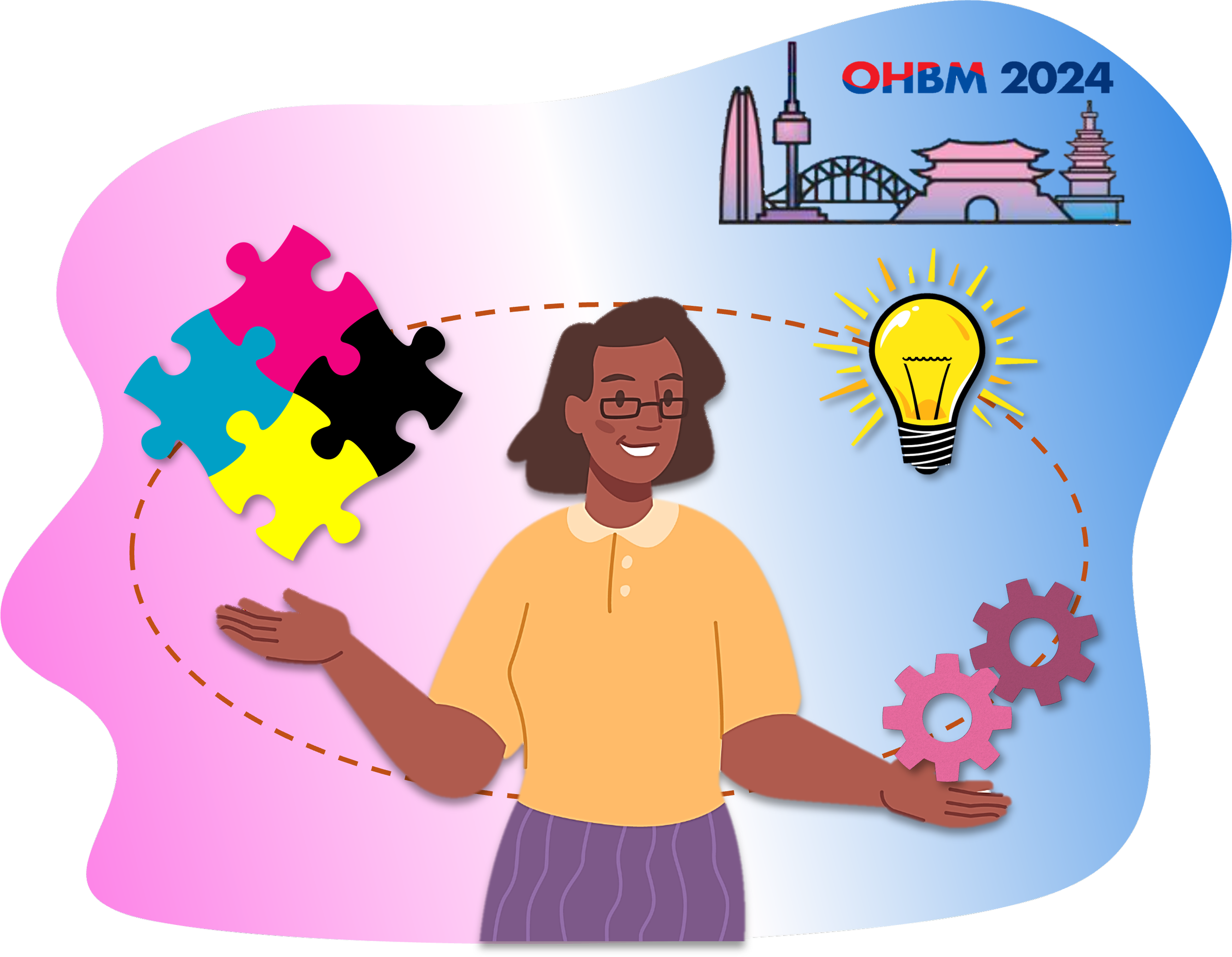
Keynote Series: Mac Shine — From specificity to flexibility and everything in between: The segregation and integration of brain function
It is morning, and our alarm clock goes off. We get out of bed and begin the chain of habitual behaviors that form our morning routine. Before long, we are ready to leave our home and start a new workday. We step outside and close the door behind us. As we leave the comfort of our home, get into our car, and start driving to work, the predictability of our environment diminishes. Our brain performs impressive acrobatics of information processing to enable this seamless switching between habitual and novel behaviors.

Keynote Series: Zarin Machanda — The hidden cost of motherhood for chimpanzees
Play might be something that we as humans take for granted. We see it as a common activity; something that’s almost automatic. But our beliefs about play may be skewed towards the human experience. For many species, play among juveniles serves as an important catalyst for development, but play among or with adults is less common and parents do not always serve the role of play partner as they do in humans. But while play behaviour has adaptive benefits, it comes at a cost in the wild, which means that there’s important variation in when and why chimpanzees engage in play.

Keynote Series: Insights into attention orienting with Dr. Emma Burrows
Attention is the cognitive process of selectively focusing on specific stimuli or tasks while ignoring others. It is a fundamental aspect of human cognition, allowing us to filter out irrelevant information and concentrate on what is important. Attention is crucial for learning, memory, and decision-making, and its impairments are associated with various neuropsychological disorders
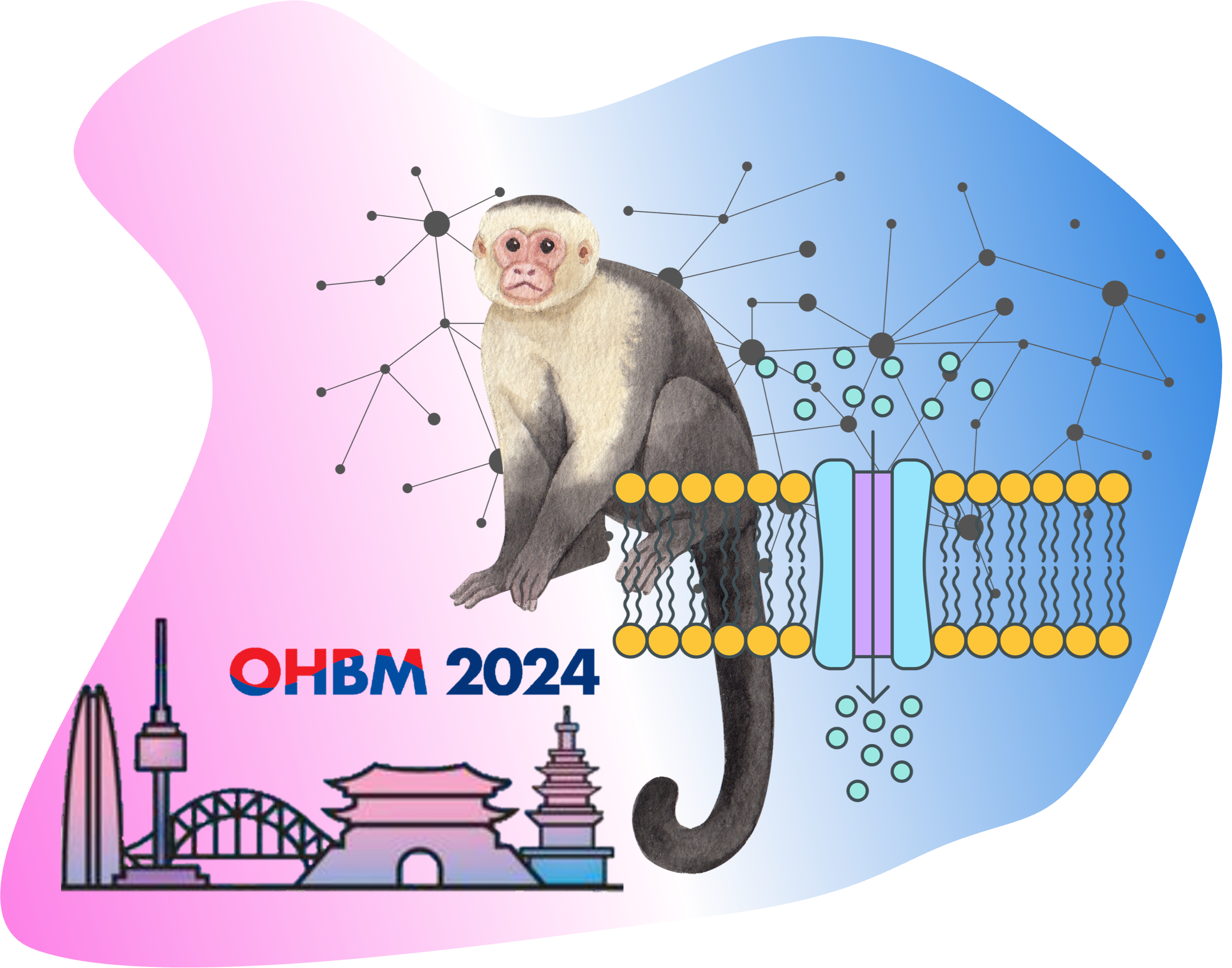
Keynote Series: Dr. Nicola Palomero-Gallager and the interplay between receptors, connectivity, and cognitive networks
One of the most significant challenges in neuroscience is understanding how the brain, with its relatively static anatomy, can adapt to the ever-changing world around us. The brain's connectivity, or the way different brain regions communicate with each other, is a crucial component in this process. Mapping the brain's connectivity, known as the connectome, is a major ongoing effort in the field. However, connectivity alone is not enough to explain the neural circuit dynamics that underlie brain functions.
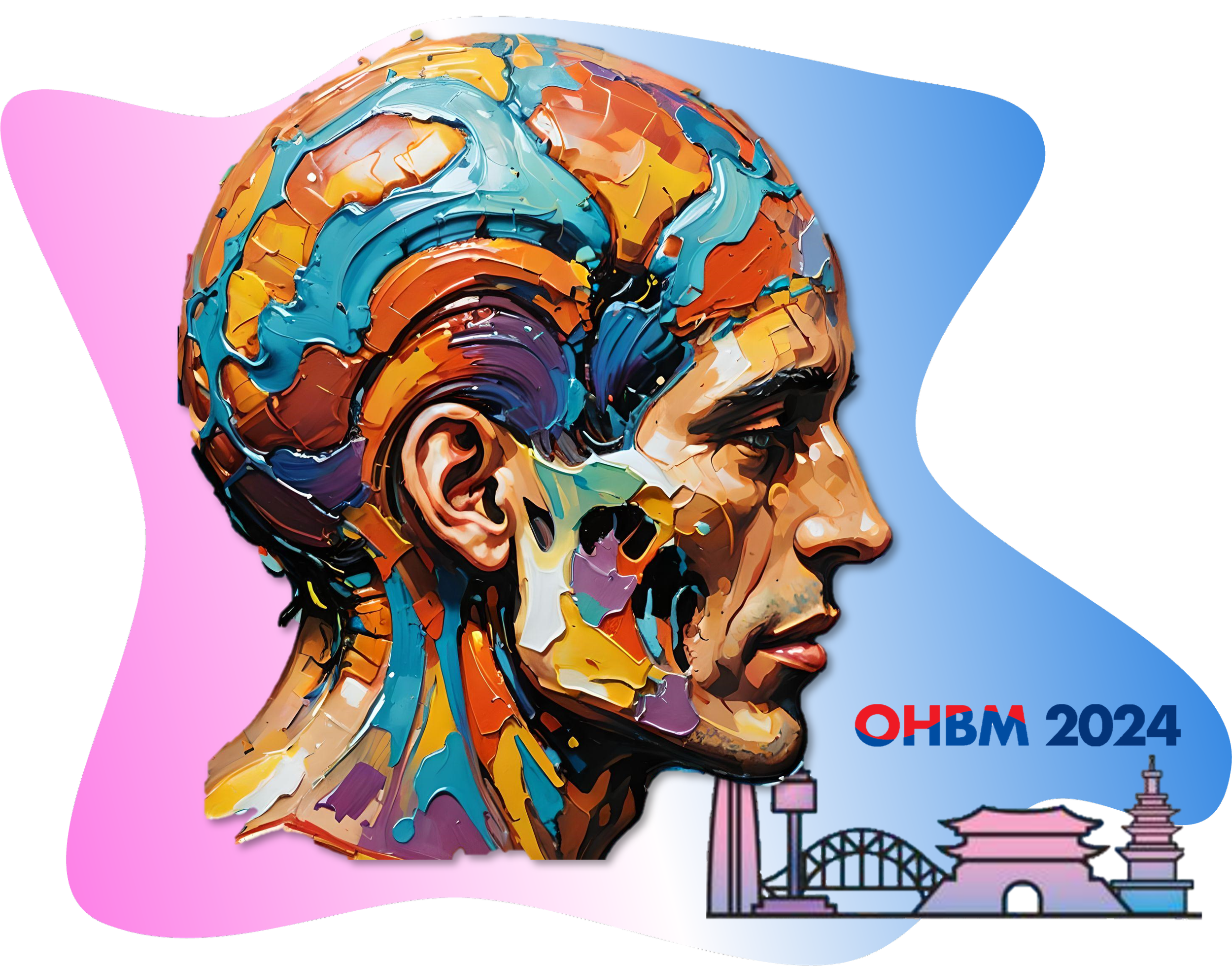
Keynote Series: Dr. Luis Concha and his road to uncover the mysteries of temporal lobe epilepsy
Epilepsy, a condition affecting millions globally, presents a captivating and intricate puzzle for researchers and medical professionals alike. How does this neurological disorder, characterized by recurrent seizures, impact cognitive abilities and daily life?